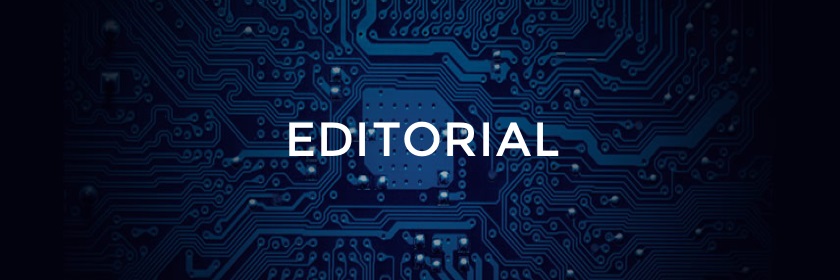Volume 16, Issue 2
Introduction to Special Issue
News over the previous months makes clear all aspects of our society depend upon computers and the data we’ve entrusted to them. We continue to be unprepared by the leverage adversarial actors are able to exercise when they appropriate, expose, or deny access to that data. We have seen hospitals threatened, numerous large enterprises report enormous breaches of personal and credit card data, and the devices in our homes repurposed into attack platforms without our knowledge. Addressing these situations requires that we improve the technology we use, better use the technology we have, simplify the correct uses of technology, and prioritize preventing, detecting, and responding to attacks based upon informed analysis.
In this fourth special issue we have collected seven papers from National Security Agency and U.S. Cyber Command authors. These papers present demonstrated concepts that will improve the technology and the performance of those tasked to defend our systems. Whether your interests are in human factors, cyber planning, secure wireless, or secure networking this issue has something for you. It has been an honor to prepare this issue for you. I hope you find it enlightening.
Grant Wagner
Distinguished Chair, Information Assurance & Cyber National Cryptologic School
National Security Agency
Journal of Information Warfare
The definitive publication for the best and latest research and analysis on information warfare, information operations, and cyber crime. Available in traditional hard copy or online.
Quick Links
Archive



